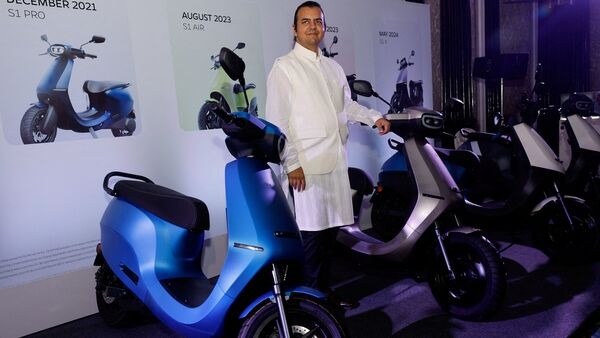 Image Source: Mint
Image Source: Mint
Ola Electric’s much-anticipated $4 billion IPO in August 2024 was hailed as a milestone for India’s electric vehicle sector, but the post-listing journey has been turbulent, marked by a dramatic stock plunge, operational hurdles, and shaken investor confidence.
The company’s shares initially soared, debuting at ₹76 and peaking at ₹157.40 in just seven sessions. However, the euphoria was short-lived. Within six months, Ola Electric’s stock had plummeted over 63% from its peak and was trading below ₹50, a stark 37% drop from its issue price. This sharp decline was fueled by a combination of structural business weaknesses and market realities.
Key Issues Behind the Downturn:
Overdependence on a Narrow Product Portfolio: More than 60% of Ola Electric’s revenue came from a single model, the S1 Pro. This left the company exposed to shifts in consumer demand and intensified competition.
Reliance on Government Subsidies: The FAME II subsidy cut in mid-2023 triggered a 58% drop in orders, highlighting the fragility of Ola’s pricing model without government support.
Quality and Service Concerns: The brand faced mounting customer complaints about battery performance, software glitches, and after-sales service, leading to product recalls and eroding consumer trust.
Aggressive Expansion and Cash Burn: Ola Electric’s rapid scale-up, including investments in its Futurefactory and new product lines, resulted in negative cash flows and mounting losses, with profitability still elusive.
Supply Chain Vulnerabilities: Despite in-house manufacturing ambitions, the company remained dependent on imported battery cells, exposing it to price fluctuations and supply disruptions.
IPO Dynamics and Investor Exit: The IPO was heavily subscribed by institutional investors in the final days, but many quickly exited, triggering a price collapse and leaving retail investors exposed.
Legal troubles, such as a recent insolvency petition by a vehicle registration partner, have added to the company’s woes. While Ola Electric remains a leader in India’s EV market, its post-IPO struggles underscore the risks of overpromising, underdelivering, and relying on external support for growth.
Source: Economic Times, IPO Central, CNBC TV18, Moneycontrol, Angel One, Business Standard
Advertisement
Advertisement







